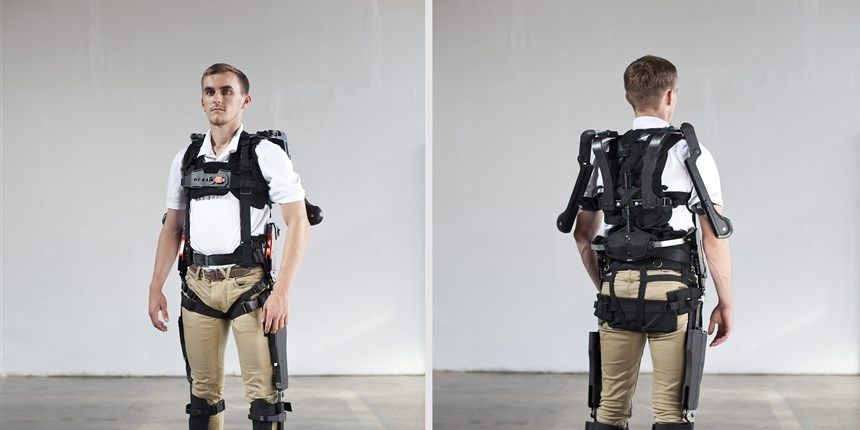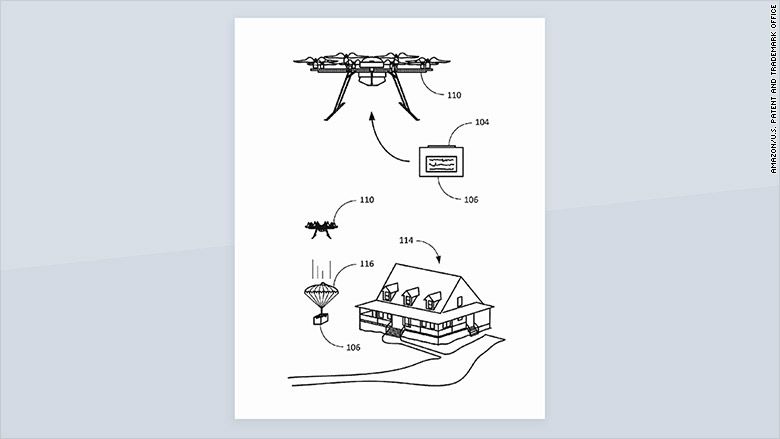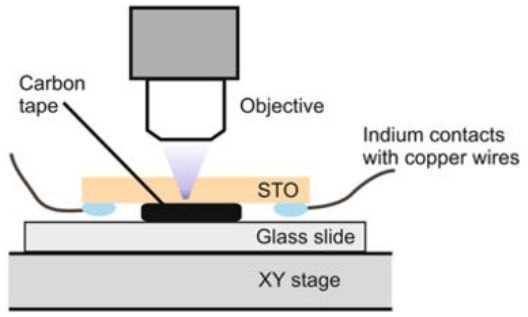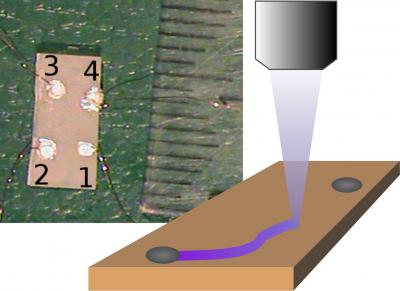Human beings have always wanted to improve themselves, it’s an intrinsic human drive. We’ve come to a point in time where technology allows us to do just that and in the very near future we’re going to see dramatic changes in what it means to be a human being. So, let’s take a look at the likely advancements we all soon maybe upgrading to.
Exo-skeletons:
1984 was the year that introduced The Terminator to the world as a cold, ruthless killing machine, but only part-machine. The cybernetic organism was described in the movie as “living tissue over a metal endoskeleton.” It was a fictional concept back then, but in the 2020’s, it might not be fiction, but reality.











